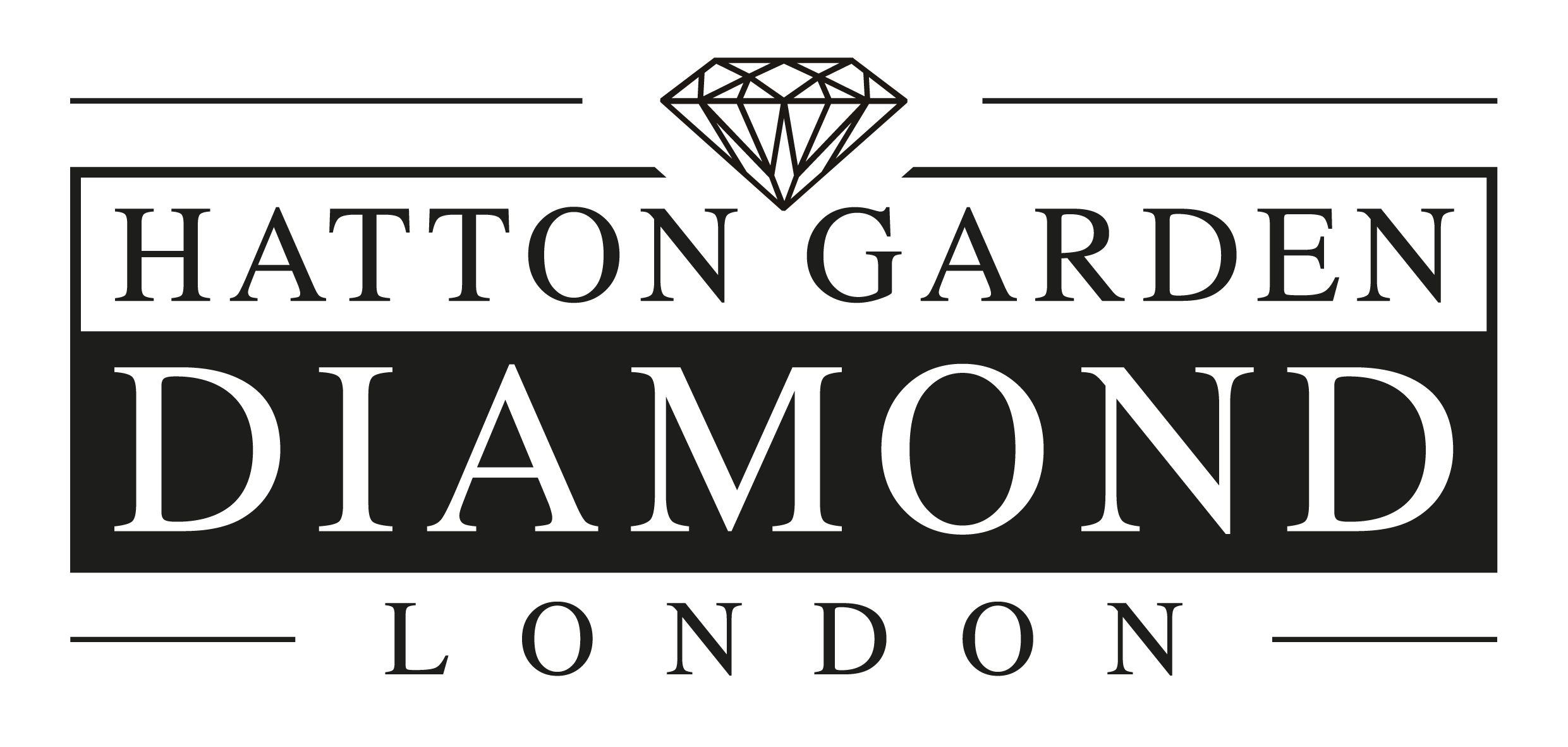Guides
White Gold Vs Yellow Gold
Due to its similar looks, many people want to know the difference between white gold and platinum. However, what is often an overlooked option between yellow and white gold. What is the difference between yellow gold and white gold? What is white gold made from? Which is better? Here’s an explanation of the differences, as well as the pros and cons of each.
What is Yellow and White Gold?
Yellow gold – or simply, gold – is a precious metal that occurs naturally. It’s a very soft metal and in its purest form, it bends easily out of shape. That’s why jewellers who use gold in jewellery need to mix it with harder alloy metals. These help to make the gold more durable and keep its shape. On the other hand, white gold doesn’t exist naturally. We make it from yellow gold that has been combined with white precious metal alloys like palladium and silver. These give the gold a paler colour, as well as more rigidity. Additionally, white gold is given a final coating with a rare, silvery-white metal called rhodium. It gives white gold its white, luminous sheen.
Yellow Gold Pros and Cons:
- Unlike white gold and platinum, which both appear the same, the colour of yellow gold is very hard to imitate.
- Diamonds set in yellow gold tend to stand out more than those set in white gold, because of the colour contrast.
- Yellow gold is very easy for jewellers to work with. If you knock and damage your jewellery, a repaired seam in most cases is very easy to disguise.
- Most people consider yellow gold is more classic or traditional, compared to the more “modern looking” white gold. That’s why in the recent years white gold has been the overwhelming trend.
White Gold Pros and Cons:
- Many people prefer white gold because of its silvery white colour. It’s less expensive than platinum, yet provides a far more valuable and hard alternative to silver.
- There is no price- or value difference between the actual gold present in white and yellow gold jewellery, as long the hallmarked shows the same carat weight. So for example, 18K white gold and 18K yellow gold will contain the same percentage of gold. However, white gold jewellery can be slightly more expensive than yellow gold jewellery, because of the manufacturing process it undergoes while being mixed and coated.
- Will also need periodic maintenance and re-coating. Whilst this isn’t expensive and can be done at almost any jewellers, the cost does add up over the years. (Some people, therefore, prefer platinum.)
- Often have nickel mixed with it, which causes allergic reactions for some. In other words, white gold is not hypoallergenic unless mixed with alloy metals other than nickel.
